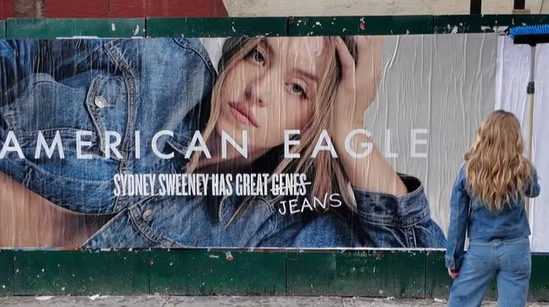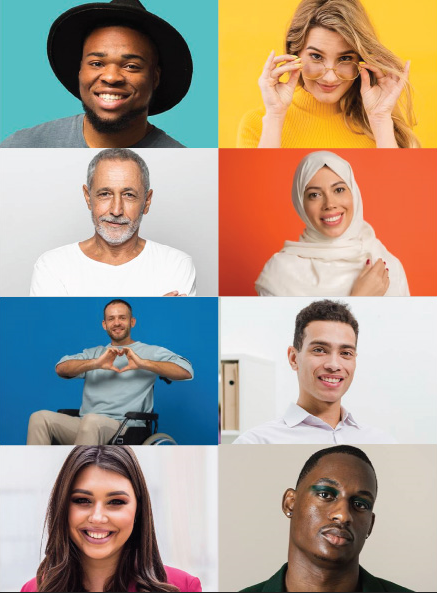DEI in branding is more than a checklist; it’s a lens. American Eagle recently launched a fall denim campaign featuring actress Sydney Sweeney, headlined “Sydney Sweeney has great jeans.” The copy was a pun referring both to the denim and to “great genes.” But what was meant to be clever and product-focused instead sparked controversy. Critics, including outlets like the Associated Press, highlighted how the phrase evoked themes of eugenics and Western beauty ideals, making it feel exclusionary rather than inclusive. The backlash centered especially around Sweeney’s white, blonde-haired image and the historical baggage of “good genes” narratives.
This incident highlights an important truth: brand messaging, even when unintentional, can touch on deeply sensitive cultural and racial histories unless inclusive awareness is baked into the process. That’s why DEI in branding must be intentional, early, and embedded.
How Homogeneous Teams Create Risk
Wordplay and wit are staples of marketing. Campaigns that surprise us make us remember them. But when creativity lives in a vacuum, without input that understands cultural nuance, even a pun can become a flashpoint.
The phrase “great genes” may have seemed harmless in a brainstorm, but it carries historical weight. With roots in eugenics and exclusionary ideals, it has long been associated with narrow standards of beauty. The backlash was a reminder not of malicious intent, but of a blind spot one that emerged because no one in the room recognized how the copy might land with diverse audiences.
Why DEI in Branding Must Begin Before the Backlash
DEI in branding isn’t only about onscreen representation. It must involve the people behind the messaging. When campaign models, copywriters, approvers, and decision-makers lack diversity, ideas that carry subtle cultural risk can slip through unchecked.
This is where inclusive innovation becomes critical. As outlined in the article Inclusive Innovation: The Power of Diverse Teams, organizations that prioritize diverse input in their creative and leadership teams are far better equipped to avoid cultural blind spots. Diverse perspectives help teams anticipate unintended messages and shape campaigns that reflect a fuller spectrum of lived experiences.
Embedding DEI in Branding Upstream
Too often, DEI is invited in after the damage is done when the campaign is already live and reactions are already loud. But inclusion works best when it’s proactive, not reactive.
Here’s what upstream DEI looks like:
- Diverse perspectives from the start: Not just during approvals, but in brainstorming and concept development
- Cultural checks as standard QA: Alongside legal and grammatical reviews, check for cultural resonance and risk
- Partnership between DEI and creative teams: DEI leaders should be involved in strategy, not just damage control
- Psychological safety: Teams must feel free to raise red flags without fear of being labeled difficult or “too sensitive”
When DEI is part of the creative process not an afterthought brands produce stronger, smarter, and more inclusive campaigns.
The Long-Term Value of DEI in Branding
American Eagle’s “great jeans” ad is more than just a case of unfortunate wording. It’s a reminder of how easily brands can misstep when their internal teams don’t reflect the diversity of their audience.
If you’re serious about DEI in branding, ask yourself: would this have passed through your team? Would someone have caught the deeper implications? Do you have the right voices in the room?
By embedding DEI early in the creative process and learning from frameworks like those in Inclusive Innovation: The Power of Diverse Teams brands can avoid controversy and build campaigns that resonate with integrity, not just cleverness.



